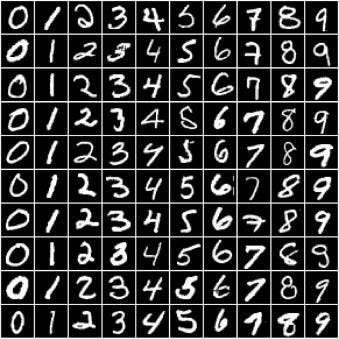Learn practical skills, build real-world projects, and advance your career
Created 4 years ago
Training Deep Neural Networks on a GPU with PyTorch
Part 4 of "PyTorch: Zero to GANs"
This post is the fourth in a series of tutorials on building deep learning models with PyTorch, an open source neural networks library. Check out the full series:
- PyTorch Basics: Tensors & Gradients
- Linear Regression & Gradient Descent
- Image Classfication using Logistic Regression
- Training Deep Neural Networks on a GPU
- Image Classification using Convolutional Neural Networks
- Data Augmentation, Regularization and ResNets
- Generating Images using Generative Adverserial Networks
In the previous tutorial, we trained a logistic regression model to identify handwritten digits from the MNIST dataset with an accuracy of around 86%.

However, we also noticed that it's quite difficult to improve the accuracy beyond 87%, due to the limited power of the model. In this post, we'll try to improve upon it using a feedforward neural network.
Preparing the Data
The data preparation is identical to the previous tutorial. We begin by importing the required modules & classes.
import torch
import numpy as np
import torchvision
from torchvision.datasets import MNIST
from torchvision.transforms import ToTensor
from torch.utils.data.sampler import SubsetRandomSampler
from torch.utils.data.dataloader import DataLoaderdataset = MNIST(root='data/',
download=True,
transform=ToTensor())def split_indices(n, val_pct):
# Determine size of validation set
n_val = int(val_pct*n)
# Create random permutation of 0 to n-1
idxs = np.random.permutation(n)
# Pick first n_val indices for validation set
return idxs[n_val:], idxs[:n_val]